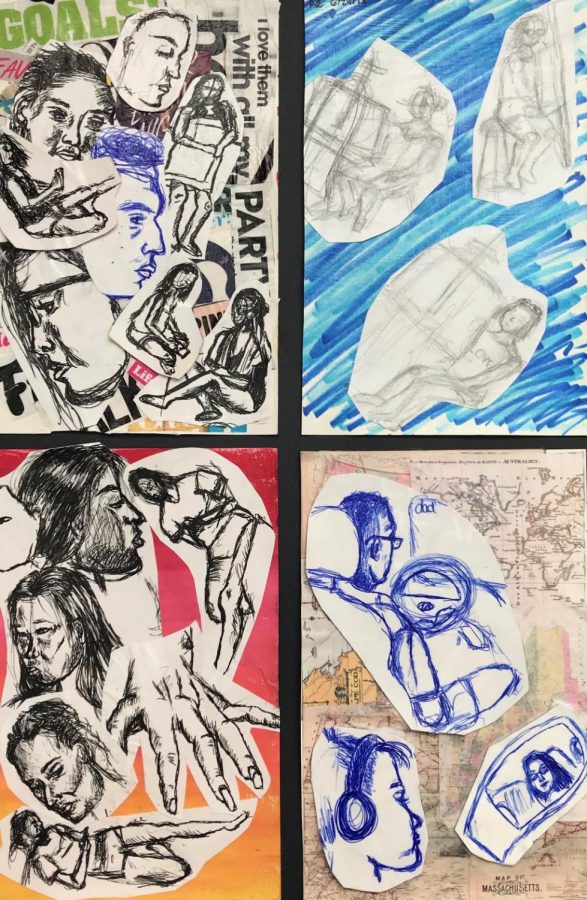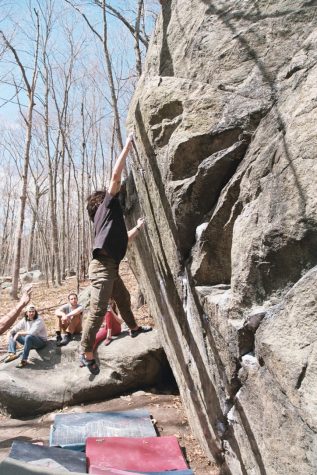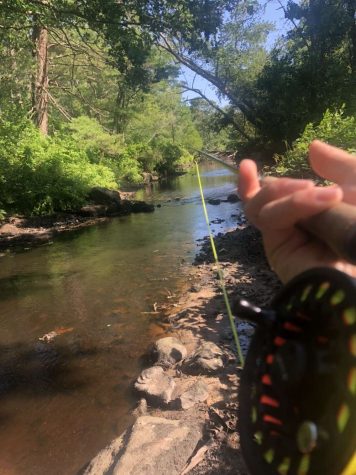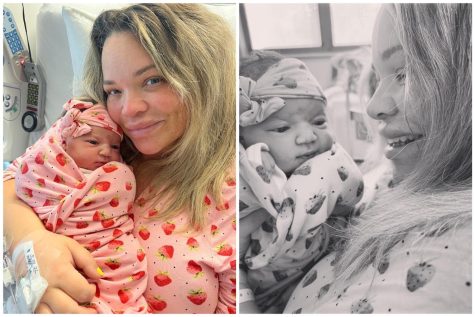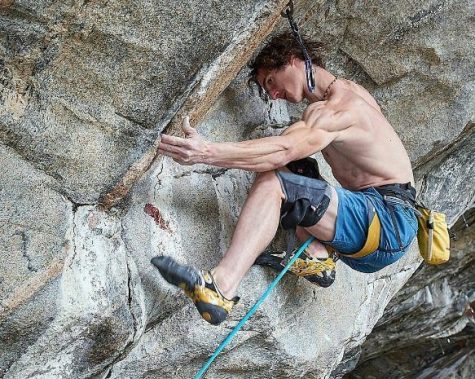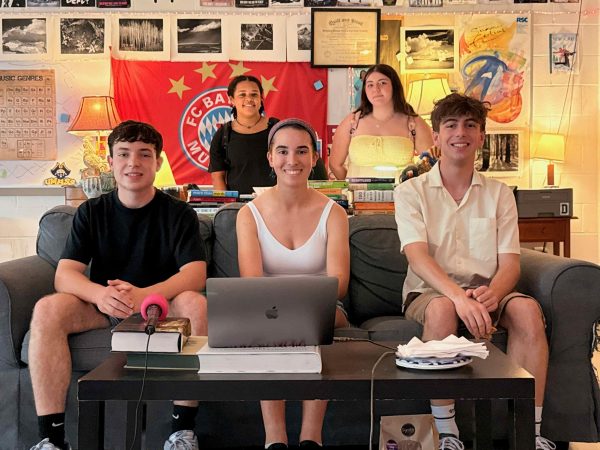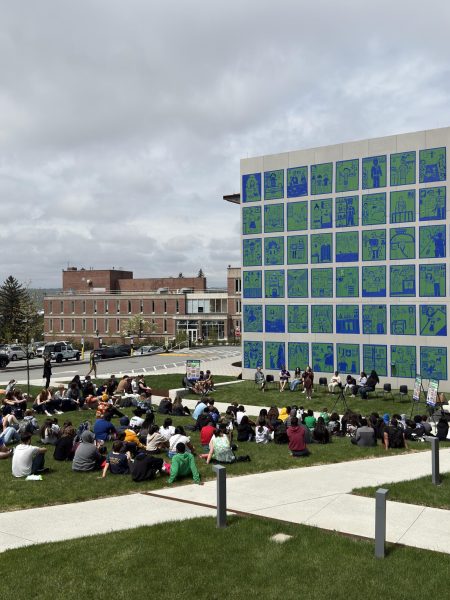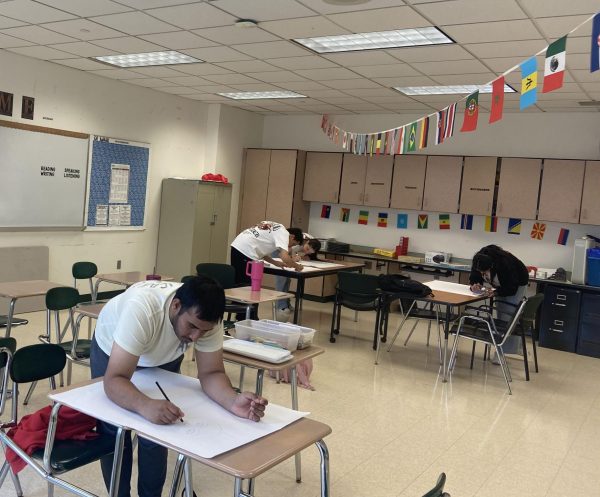So, This is AP Art
Let me set the scene for you: It’s about 1 a.m. on a Thursday night and I am exhausted, hungry, and covered in both ink from my Micron pens and Expressionist oil pastels. My current piece is on the floor, looking half done and neglected, though I swear it’s not.
Let me set the scene for you: It’s about 1 a.m. on a Thursday night and I am exhausted, hungry, and covered in both ink from my Micron pens and Expressionist oil pastels. My current piece is on the floor, looking half done and neglected, though I swear it’s not. The next day I down not just one, but three homemade iced coffees (4 cream, 3 sugar), which for an avid tea drinker, is incredibly unusual. I feel dead inside and I can barely keep my eyes open, but hey, at least my piece is done for the Friday due date, am-I-right?
Yes, my lovely readers, this is the post you’ve been waiting for – the AP Art entry where I get to tell you all about the inner workings of this class.
All jokes aside, AP Art is incredibly intense. Due to the short class times (50-ish minutes, give or take) we have to complete a piece in about a week. Most of us take our projects home to work on them during the night, especially when we know a due date is looming near. In the AP Art room, it’s grind season all season, and there is always constant movement and chattering. We normally walk in and get settled, eating snacks and taking out pieces, for the first 5 to 10 minutes. The next 40 minutes really is organized chaos and it changes every day. Some days, everyone is working diligently and some are peer critique days, but for the most part, our time is spent as a combination of the two: working and throwing feedback around as it’s needed.
This is the first year we have to deal with the shortened classes, since last year we had the block schedule with four 86-minute classes a day. AP Art at the time was a full year class and they had the 86 minutes to work. This year, we are expected to do the same amount of work that maintains the same high expectations, with a third of the time. We are talking about 15,000 hours of school time to work to about 5,000 hours of school time. AP Art is demanding to begin with, but this schedule change definitely heightened that.
So what exactly is AP Art? AP (Advanced Placement) Art is actually made up of three different art segments that make up the title: AP 3-D, which is ceramics and sculpture based; AP 2-D, which can be any 2-D medium including photo; and AP Art-Drawing, which is any 2-D medium except photo, and that focuses more on overall composition. AP Art-Drawing and 2-D Design are actually very similar and can be interchangeable with many different pieces, so the line between them is often very loose. 2-D focuses more on design elements and principles, whereas drawing is more of a focus on actual drawing techniques such as line weight, mark-making, and surface manipulation. I will be talking primarily about drawing and 2-D since those are my focus.
The AP test is less of a test and more of an assessment of work. We are required to make and submit 24 pieces to the College Board in May, where they assess how well we fit the criteria given to us. Many people believe that AP Art is sort of an open studio where you can do what you want, but that’s not the case at all. Of the 24 pieces, they need to fit into 3 categories: Concentration, Selected Works, and Breadth. 12 of the pieces need to be for concentration, which is a collection of work based around a common theme, idea, or technique. Breadth pieces are a wide variety of work that show all of your different techniques in your artist toolbox, and selected works is based on quality.
Since we are still fairly early on in the school year, we have been working on breadth pieces based on prompts, such as repeated objects, foreshortening, and hands in motion. I’m looking forward to start sharing some of these pieces with you guys, along with work in progress photos and concept ideas. As for my concentration, keep an eye out, I’ll keep you guys in suspense for that post just a little longer.

